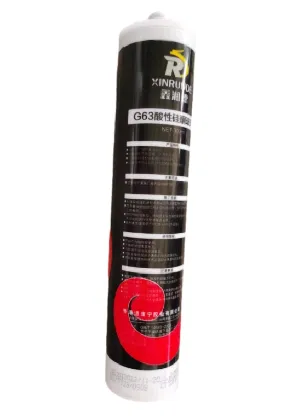loading...
- No. 9, Xingyuan South Street, Dongwaihuan Road, Zaoqiang County, Hengshui, Hebei, China
- admin@zjcomposites.com
- +86 15097380338
- Welcome to visit our website!
Versatile Solutions for Prefabricated Handrails in Modern Construction and Design Applications
The Rise of Prefabricated Handrails A Modern Solution for Safety and Aesthetics
In modern construction and architectural design, safety and aesthetics are paramount considerations. One key element that bridges these two aspects is the handrail. Traditionally crafted on-site, handrails have seen a significant transformation with the introduction of prefabrication technology. Prefabricated handrails are designed off-site and then transported to their final installation location, marking a shift in how safety features are integrated into buildings and public spaces.
Understanding Prefabricated Handrails
Prefabricated handrails are constructed in a controlled environment, utilizing materials such as aluminum, steel, wood, or composite materials. The process involves designing handrails that meet specific safety regulations, while also incorporating aesthetic elements that suit the overall design of a building. These handrails come in various styles and finishes, making it easier for architects and builders to maintain the desired aesthetic coherence in their projects.
One of the primary advantages of prefabricated handrails is their speed of installation. Traditional handrails often require significant labor and on-site adjustments, which can delay project timelines. In contrast, prefabricated handrails are manufactured to precise specifications, allowing for quick assembly and installation. This efficiency not only accelerates project completion but also reduces labor costs, making it an attractive option for builders and contractors.
Safety and Compliance
Safety is a non-negotiable aspect of any handrail design. Building codes and regulations mandate specific height, width, and structural integrity requirements to ensure that handrails can adequately support individuals in case of a fall. Prefabricated handrails are engineered to meet or exceed these safety standards, providing peace of mind to both builders and occupants. Moreover, the consistency in manufacturing processes ensures that each handrail is uniform in strength and durability, further minimizing the risk of accidents.
prefabricated handrail

Aesthetic Versatility
Beyond safety, the versatility of prefabricated handrails allows for a wide range of design possibilities. From sleek modern designs with minimalistic lines to more ornamental styles featuring curves and intricate details, prefabricated handrails can be tailored to fit any architectural theme. Whether it’s for residential properties, commercial spaces, or public facilities, there is a prefabricated handrail option that can enhance the overall visual appeal while also serving its functional purpose.
Sustainability Considerations
In recent years, sustainability has become a critical factor in construction. Many manufacturers of prefabricated handrails are increasingly adopting eco-friendly materials and practices. For instance, using recycled metals or sustainably sourced wood not only reduces the environmental footprint but also appeals to the growing demographic of eco-conscious consumers. Additionally, the efficiency of the prefabrication process results in less waste compared to traditional construction methods, contributing to a more sustainable building lifecycle.
Conclusion
The evolution of prefabricated handrails represents a significant advancement in the intersection of safety, efficiency, and design. As the construction industry continues to embrace innovative solutions, prefabricated handrails offer a compelling option for builders seeking to meet the demands of modern architecture. Their ability to streamline installation, enhance safety compliance, and provide aesthetic versatility ensures that they will remain a popular choice for years to come. As we look to the future, prefabricated handrails not only symbolize a shift in construction methods but also reflect a growing commitment to creating safer and more beautiful spaces for everyone.
-
GRP Structures: The Future of Lightweight, High-Performance EngineeringNewsJun.20,2025
-
FRP Water Tank: High-Performance Storage for Corrosive and Clean Water SystemsNewsJun.20,2025
-
FRP Square Tube: The New Industry Standard for Chemical and Structural ApplicationsNewsJun.20,2025
-
FRP Pultruded Profiles: The Ultimate Choice for Lightweight Structural StrengthNewsJun.20,2025
-
FRP Handrails: The Safer, Smarter, and Stronger Choice for Modern InfrastructureNewsJun.20,2025
-
FRP Grating: The Smart Solution for Durable, Lightweight Industrial FlooringNewsJun.20,2025
-
Why Choose a Galvanized Water Tank for Your Storage NeedsNewsMay.21,2025
